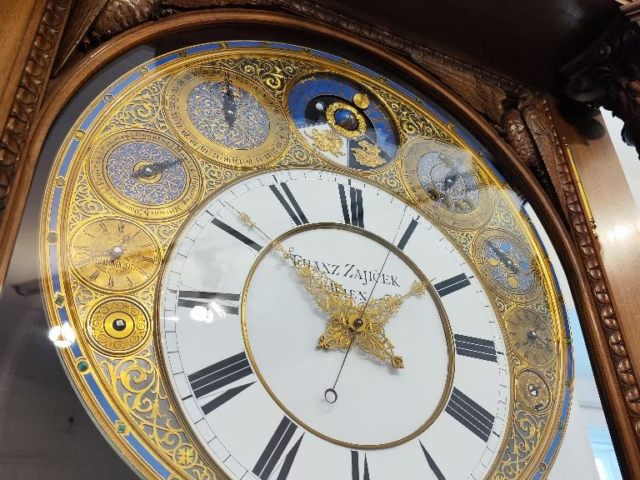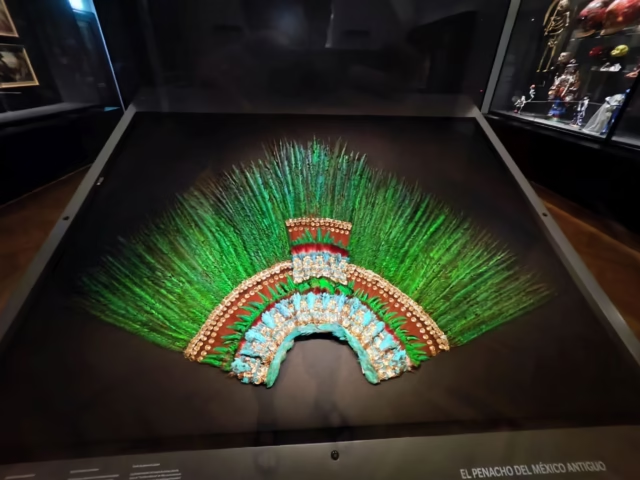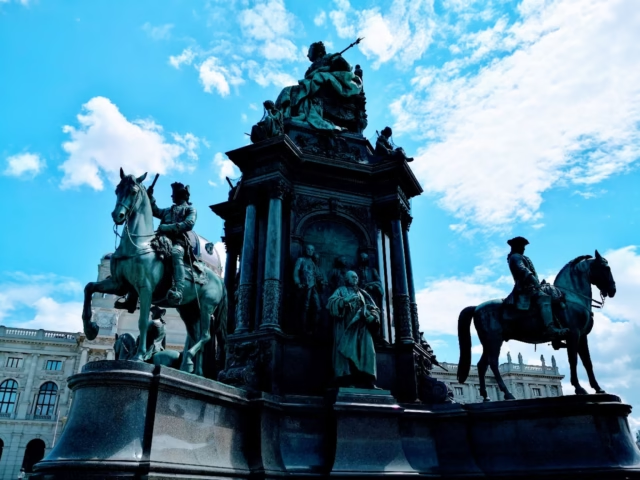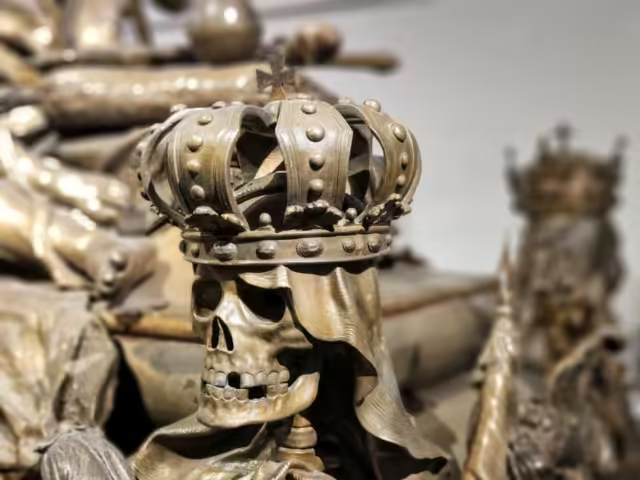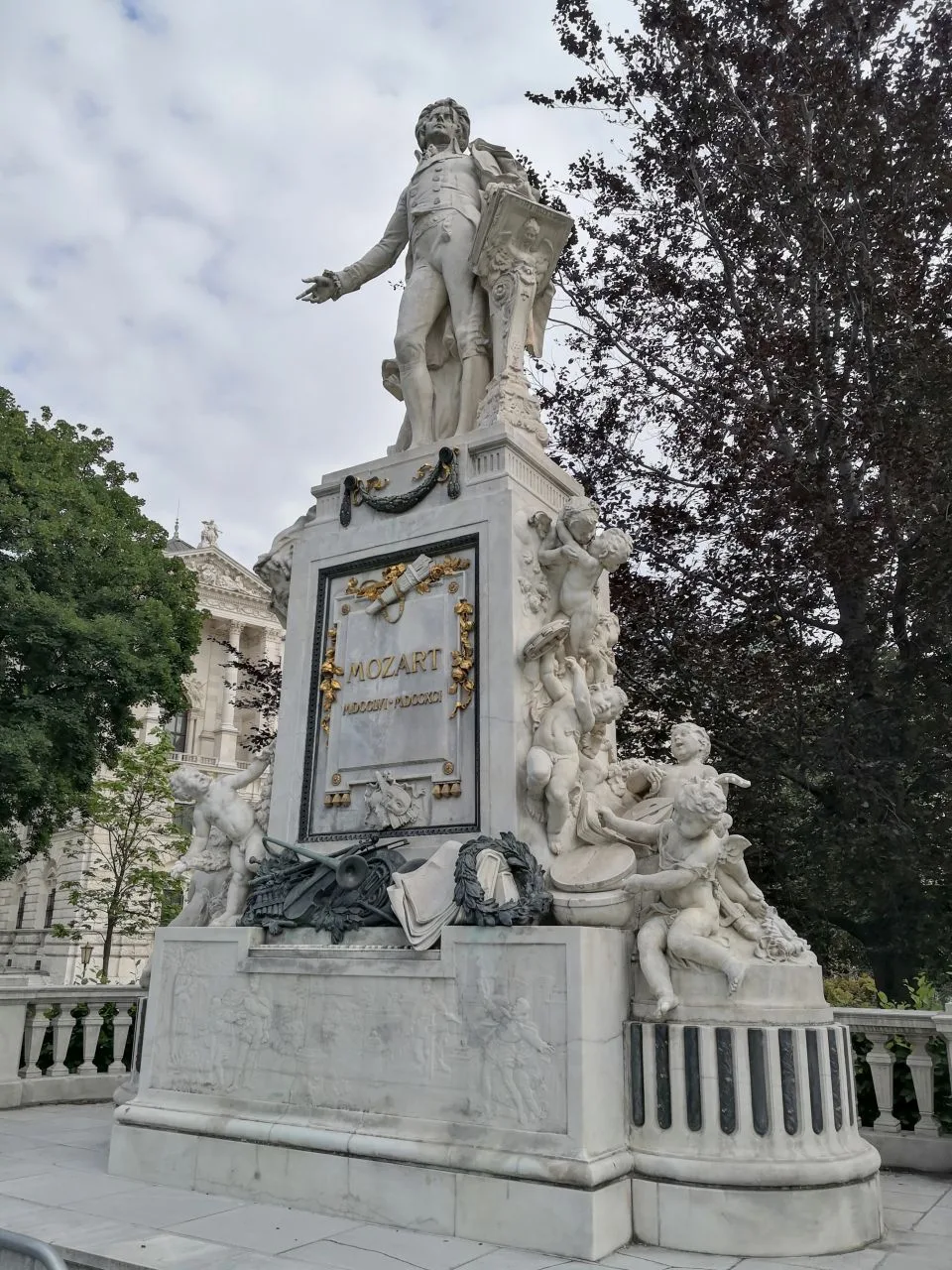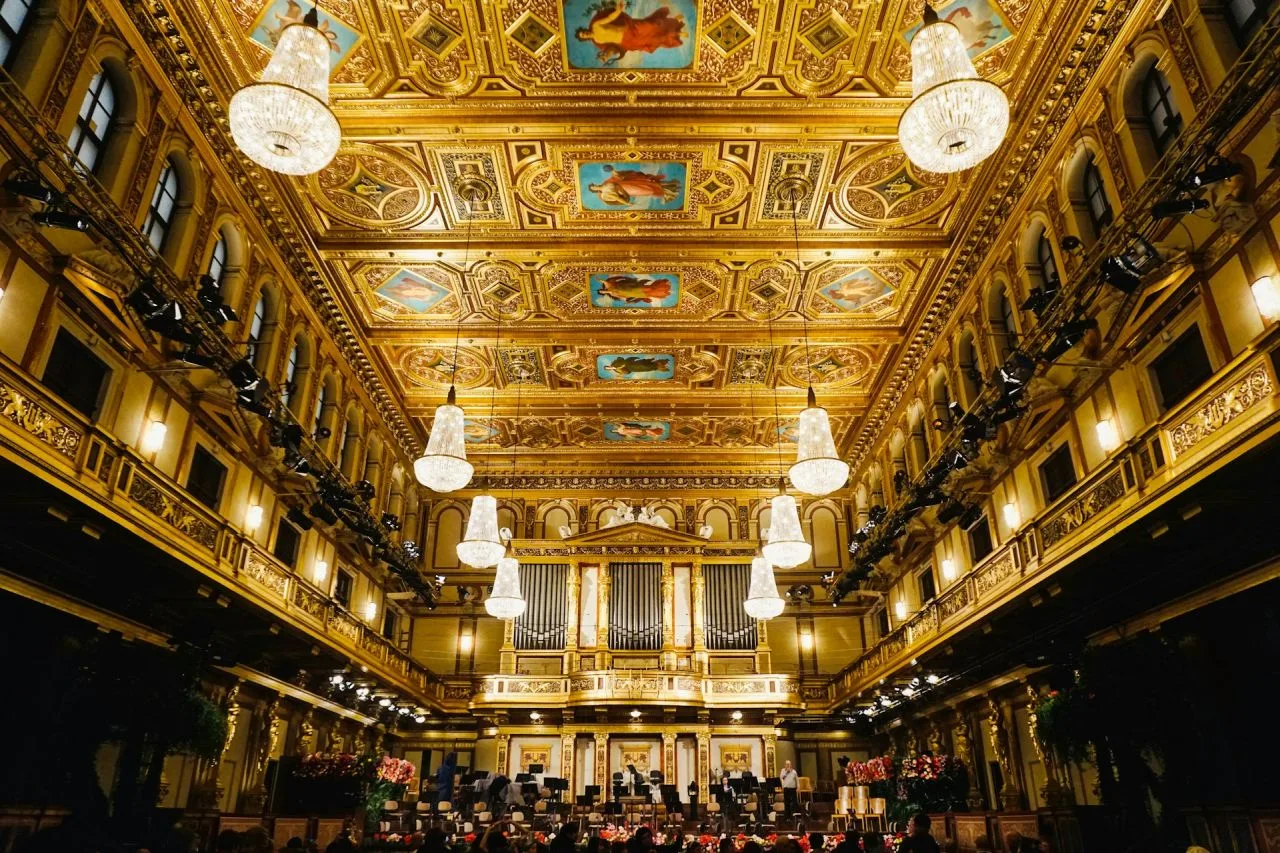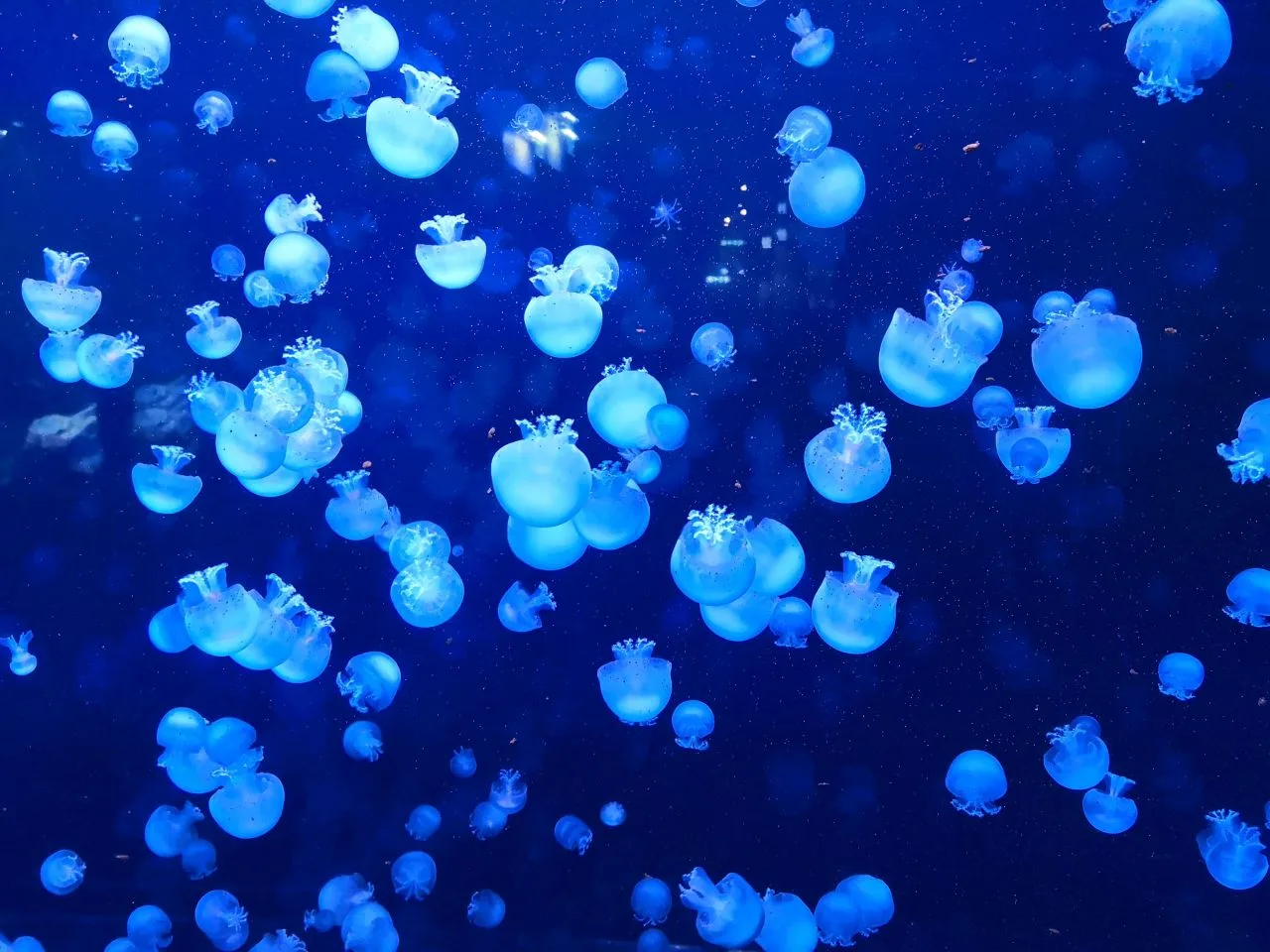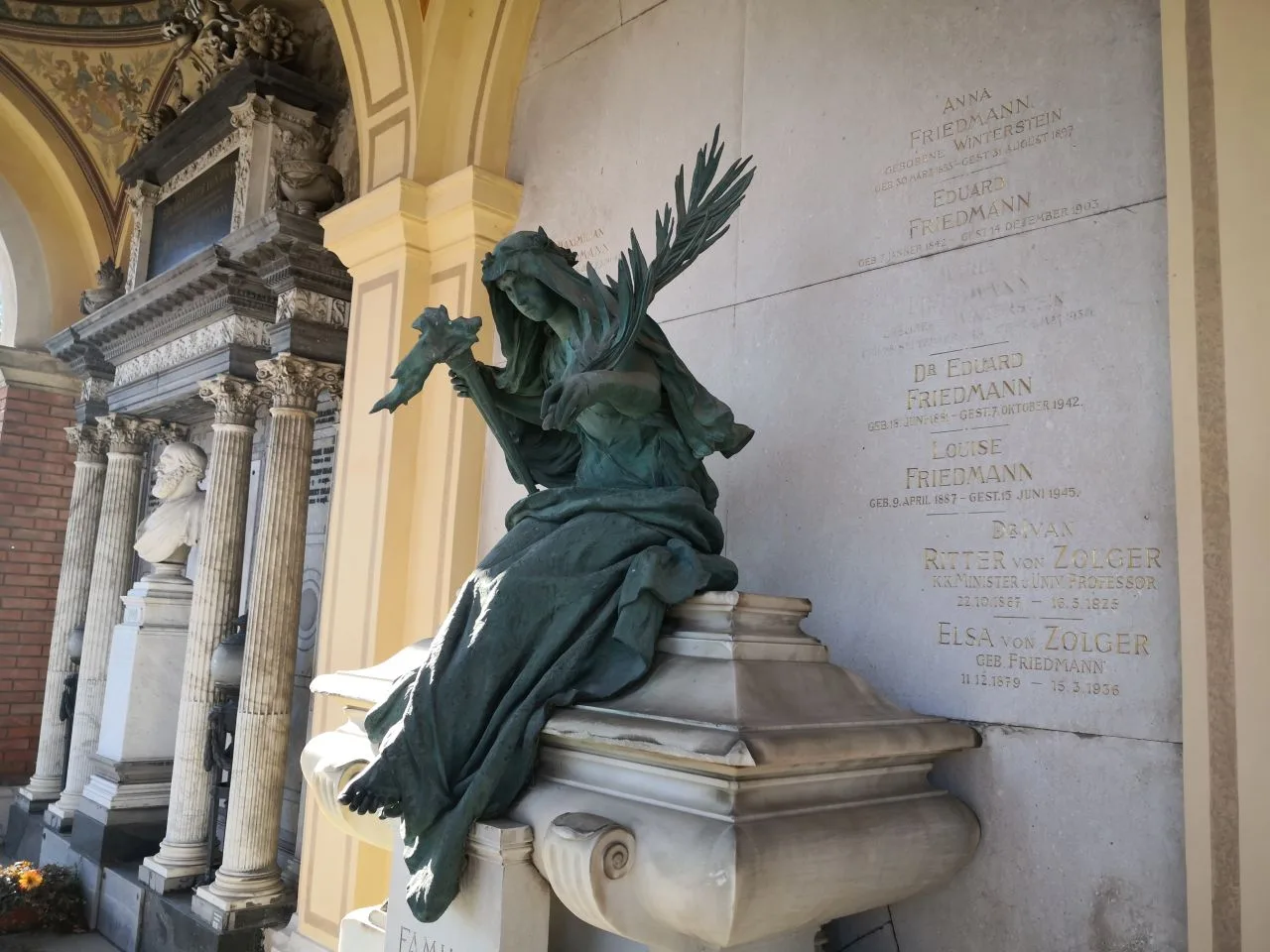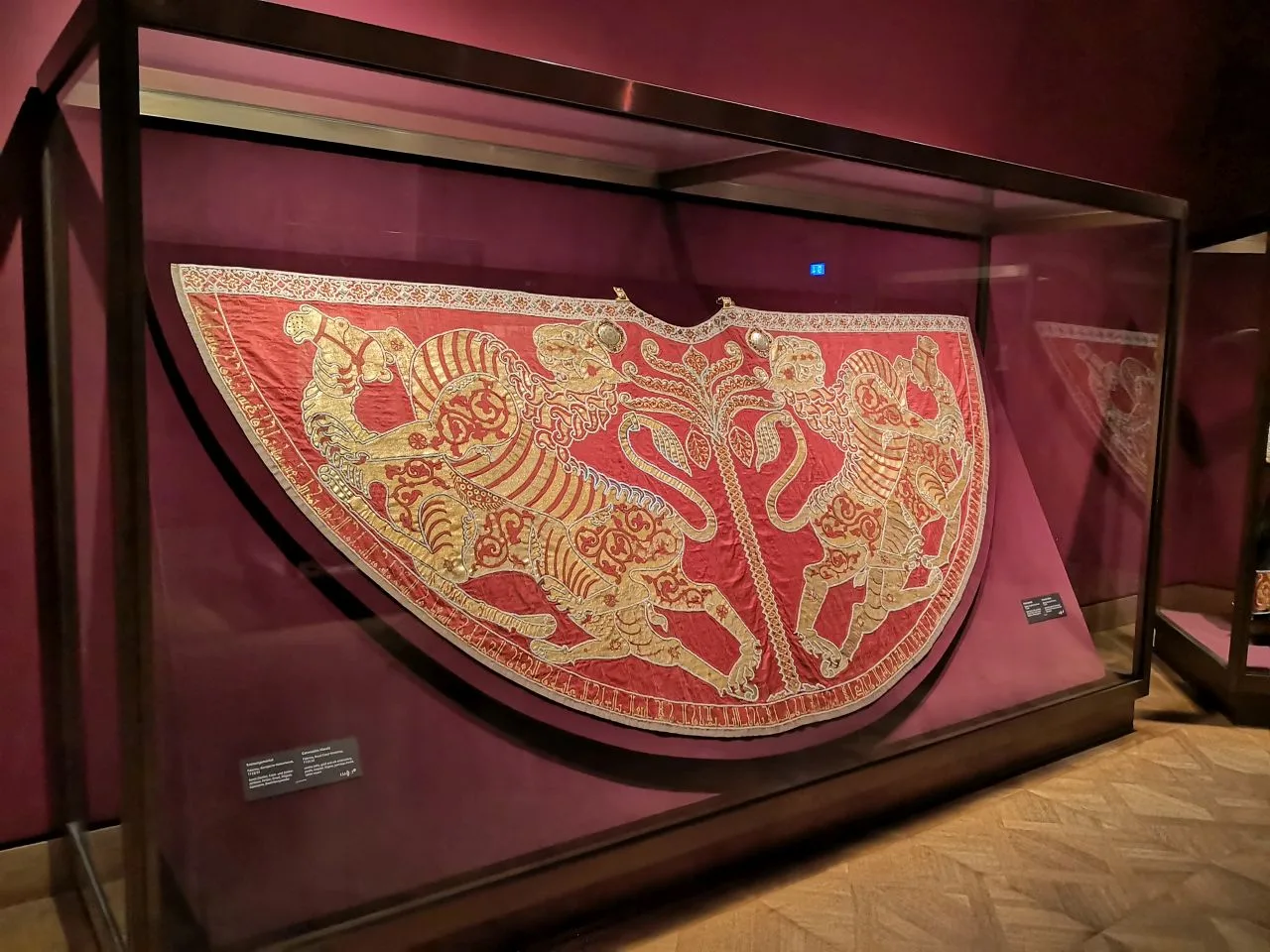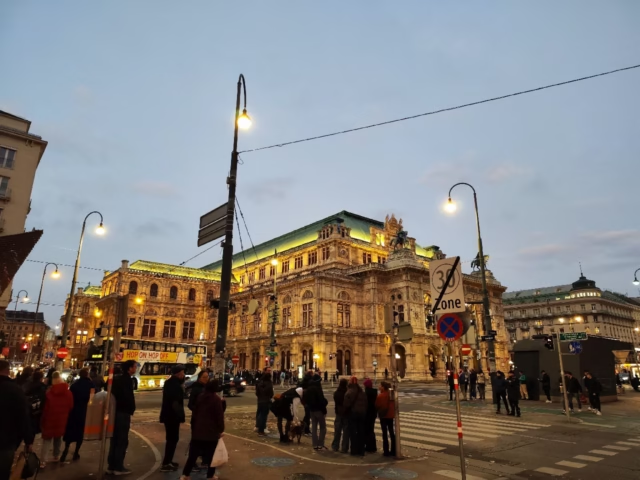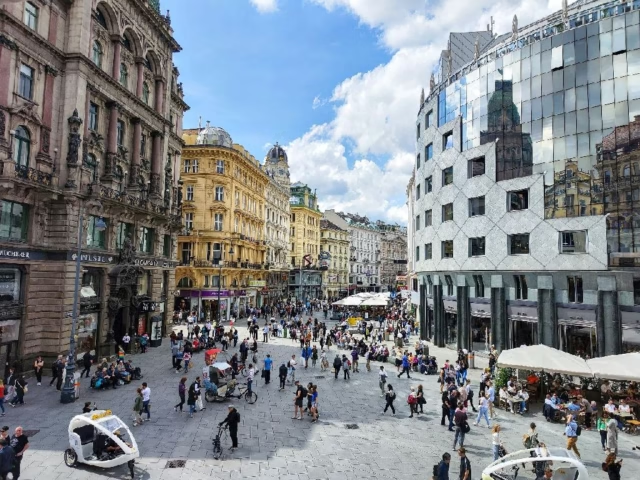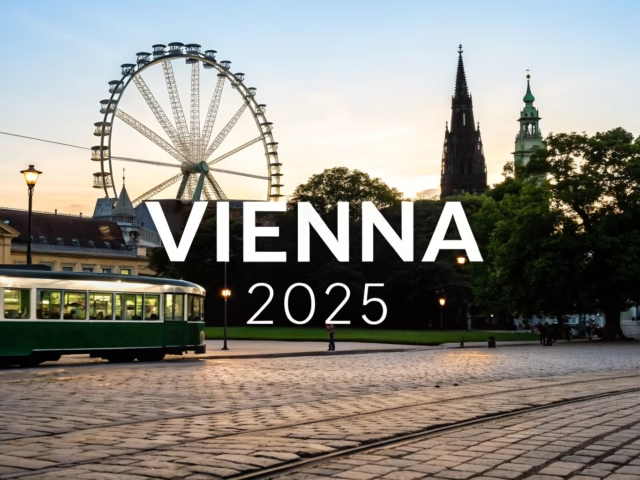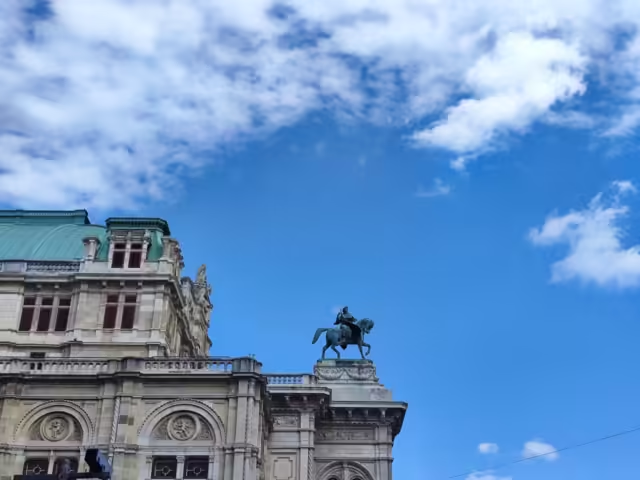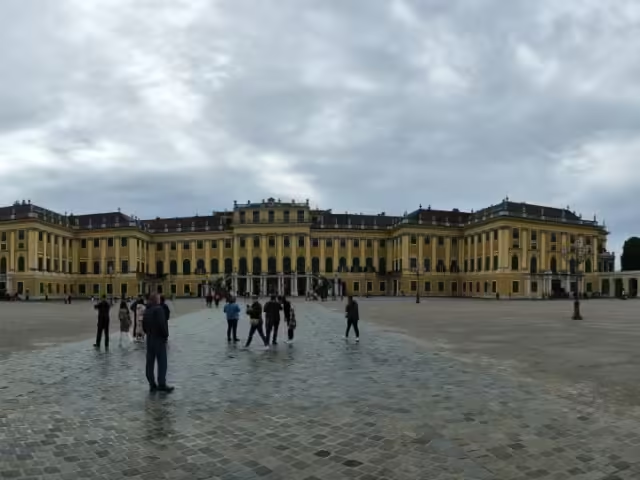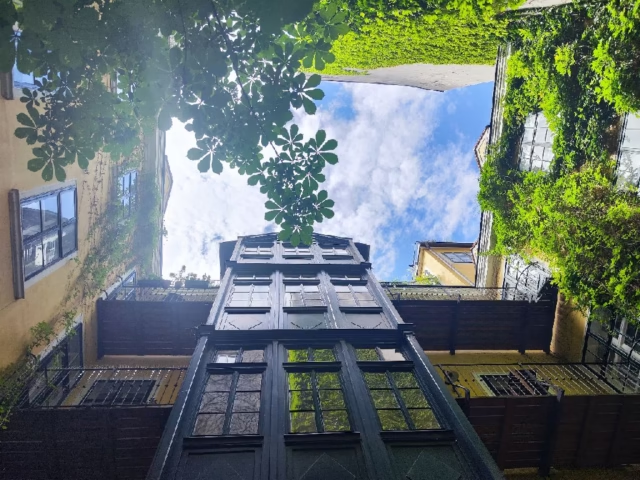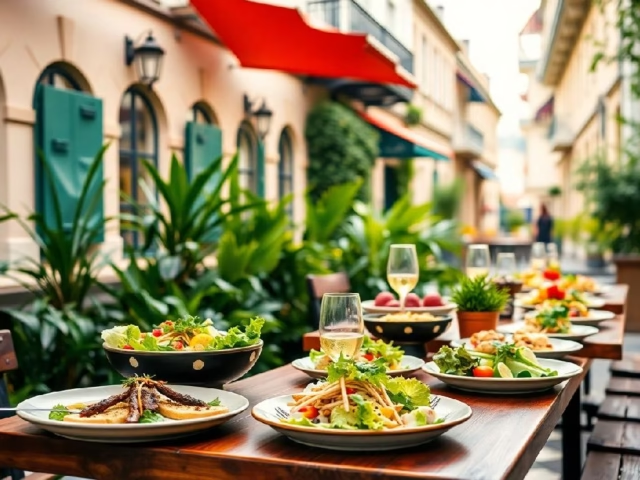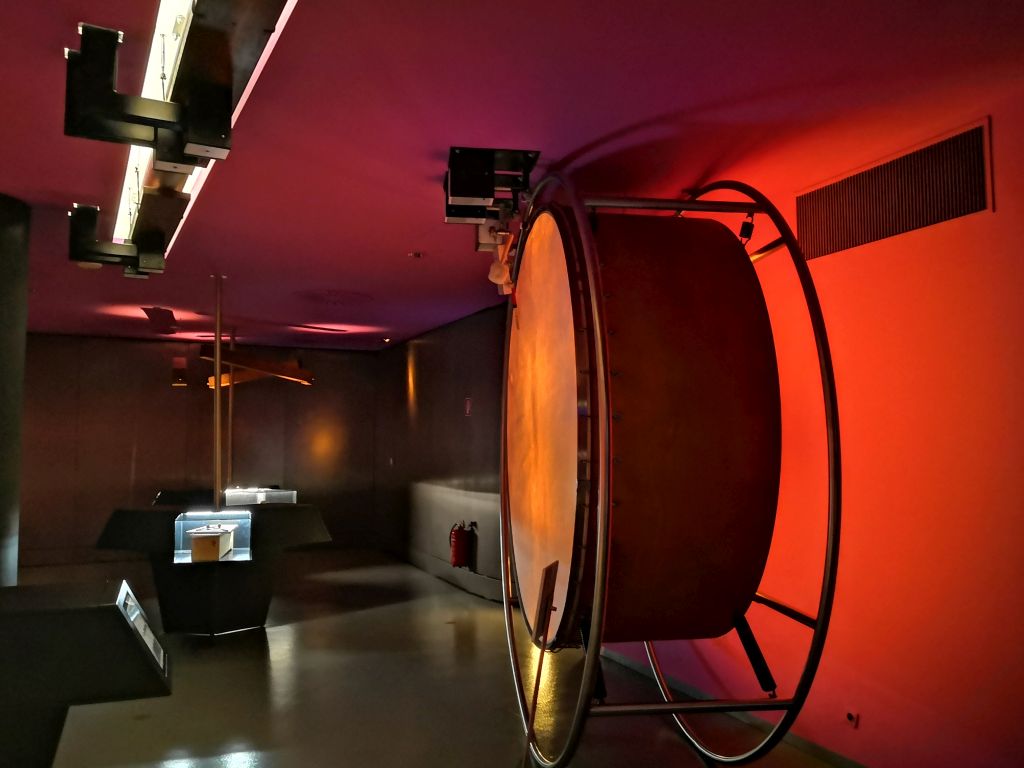Welcome to Vienna!
Vienna, the capital of Austria, is a city that beautifully marries the grandeur of its imperial past with a vibrant, contemporary culture. As the largest city in Austria and one of Europe’s most enchanting capitals, Vienna is renowned for its stunning architecture, rich history, world-class music, and culinary delights. Located in the eastern part of the country, along the banks of the Danube River, Vienna serves as a cultural and political hub of Austria and a gateway to the rest of Europe.
Austria at a Glance
Austria, officially the Republic of Austria, is a landlocked country in Central Europe, bordered by Germany, the Czech Republic, Slovakia, Hungary, Slovenia, Italy, Switzerland, and Liechtenstein. Known for its alpine landscapes, classical music heritage, and historic cities, Austria is a destination that appeals to both nature lovers and history enthusiasts. With a population of approximately 9 million, the country has a rich cultural heritage that dates back to the days of the Habsburg Empire, one of Europe’s most influential royal dynasties.
Wondering if the Vienna Pass is worth it? Discover honest reviews, cost insights, and traveler tips to decide if it’s right for your Vienna trip.
View moreVienna Waiting? Make the Most of Your Layover! A layover in Vienna offers a chance to explore this vibrant city, even with limited time. This listicle provides six ways to maximize your layover in Vienna, whether you have a few hours or a full day. Discover how to efficiently reach…
View moreStep into Vienna’s Story: Your Guide to the Best Walking Tours Discover the best walking tours in Vienna with this concise guide. Whether you’re a budget traveler, history enthusiast, or simply seeking adventure, we’ve curated seven unique experiences to explore Vienna on foot. From free walking tours to specialized explorations…
View moreINSPIRATION
Not sure where to go or what to do?
Get inspired by our posts with travel guides and tips. You will learn about new destinations and will be well prepared for your next trip.
Info about best time to visit, how much money you need, where to stay, where to eat, how safe place is for tourists and many more important pieces of information is available to read.
Embark on a Viennese Adventure Planning a trip to Vienna? This list of 10 things to do in Vienna offers a curated selection of essential experiences for every traveler. Whether you’re fascinated by imperial history, passionate about art and music, or seeking culinary delights, discover the best Vienna has to…
View moreArchitecture in Vienna is a vibrant tapestry that invites you to explore its rich history and diverse styles. As you wander through the city, you’ll be captivated by the baroque beauty of Karlskirche, marvel at the innovative elegance of Secessionist architecture and Otto Wagner’s masterpieces, and experience the whimsical charm…
View moreThis guide highlights the most romantic activities and places in Vienna for couples seeking both intimacy and adventure.
View moreAustria is divided into nine federal states, each offering unique attractions, cultural significance, and natural beauty. The states vary greatly in terms of size, population, and economic focus, but they all share a common commitment to Austria’s federal system. Here’s a detailed overview of each state, including what they are…
View moreThis comprehensive guide will show you how to explore Vienna on a budget, including affordable accommodations, free attractions, budget-friendly dining
View moreVisiting Vienna in October offers a mix of pleasant autumn weather, cultural events, and fewer tourists compared to the summer months. Here are some travel tips to help you make the most of your trip: Weather and Packing Weather: October temperatures in Vienna range from 7°C to 15°C (45°F to…
View moreVienna: A City of Music and Culture
Vienna has long been considered one of the world’s great centers of music, art, and intellectual life. The city was home to legendary composers such as Mozart, Beethoven, and Strauss, and it continues to celebrate this legacy with numerous concerts, operas, and music festivals throughout the year. The Vienna State Opera and Musikverein are iconic venues where visitors can experience world-class performances.
The city’s historic center, a UNESCO World Heritage site, is a testament to its imperial past. Visitors can explore magnificent palaces like the Hofburg and Schönbrunn, stroll through the elegant streets of the Innere Stadt, and marvel at the Gothic splendor of St. Stephen’s Cathedral.
May 2025 in Vienna is packed with culture, music, tradition, and energy. Whether you’re into classical opera, indie film, punk rock, or elegant ballroom dancing, the city delivers something for every kind of visitor. From world-class performances at the State Opera to historic balls in Vienna’s grand halls, and from…
View moreVienna, a city renowned for its classical music, imperial history, and rich coffee culture, is also a paradise for book lovers. From stunning Baroque libraries to cozy indie bookstores, the city offers countless literary treasures waiting to be explored. Whether you’re a casual reader, a history buff, or a serious…
View moreMany visitors to Vienna are often surprised by the vibrant vegan and vegetarian scene that the city has to offer. If you’re looking to indulge in delicious and sustainable cuisine, you’ll find a range of delightful dining options that cater to your dietary preferences. From cozy cafes to upscale eateries,…
View moreIn this guide, we’ll explore Vienna’s iconic music venues, dive into its legacy of famous composers, and highlight the best classical concerts and experiences that keep Vienna at the heart of the world’s music scene.
View moreIn this comprehensive guide, we’ll explore the various facets of Vienna’s cultural and entertainment scene, from iconic museums and music venues to the vibrant nightlife, beautiful parks, and nearby getaways that make this city such a joy to explore.
View moren this guide, we will explore companies that specialize in expat relocation in Vienna, the various types of assistance available for setting up a home, how to ship your belongings to Austria, and options for temporary accommodation while you settle in.
View moreCuisine and Cafés
Vienna is also famous for its café culture, where you can enjoy a slice of Sachertorte (a rich chocolate cake) with a cup of Viennese coffee. Traditional Austrian cuisine is hearty and flavorful, with dishes like Wiener Schnitzel, Tafelspitz, and Apfelstrudel being must-tries. The city’s markets, such as the Naschmarkt, offer a delightful array of local and international foods, making it a haven for foodies.
Modern Vienna
While Vienna is steeped in history, it is also a dynamic, modern city. The Museum Quarter (MuseumsQuartier) is a vibrant cultural complex that hosts cutting-edge contemporary art exhibitions, while the city’s innovative architecture and design showcase Vienna’s forward-thinking spirit. The green spaces, such as Prater and Schönbrunn Gardens, provide a peaceful retreat from urban life, and the Danube Island is a popular spot for outdoor activities.
Exploring Austria
Beyond Vienna, Austria offers a diverse array of attractions. The alpine regions of Tyrol and Salzburg are perfect for skiing, hiking, and exploring picturesque villages. Salzburg, the birthplace of Mozart, is known for its baroque architecture and the annual Salzburg Festival. The https://allaboutvienna.com/moving-around-vienna-public-transport-and-more/Danube Valley, with its rolling vineyards and historic castles, is another highlight, especially for those who enjoy scenic river cruises.
Practical Information
- Language: German (Austrian German)
- Currency: Euro (€)
- Climate: Austria experiences four distinct seasons, with warm summers and cold, snowy winters. Vienna has a temperate climate, with average temperatures ranging from -1°C (30°F) in January to 25°C (77°F) in July.
- Getting Around: Vienna’s public transport system is efficient and easy to navigate, with trams, buses, and a metro system (U-Bahn) that connects all parts of the city. Austria’s rail network is extensive, making it convenient to travel between cities and regions.
ALL AUSTRIA LOCATIONS
Whether you are drawn by the imperial history, the classical music, the culinary delights, or the stunning landscapes, Vienna and Austria have something to offer every visitor. From the grand palaces of Vienna to the alpine peaks of the Tyrol, the charm of Austria lies in its ability to seamlessly blend the old with the new, offering an experience that is both timeless and contemporary.

